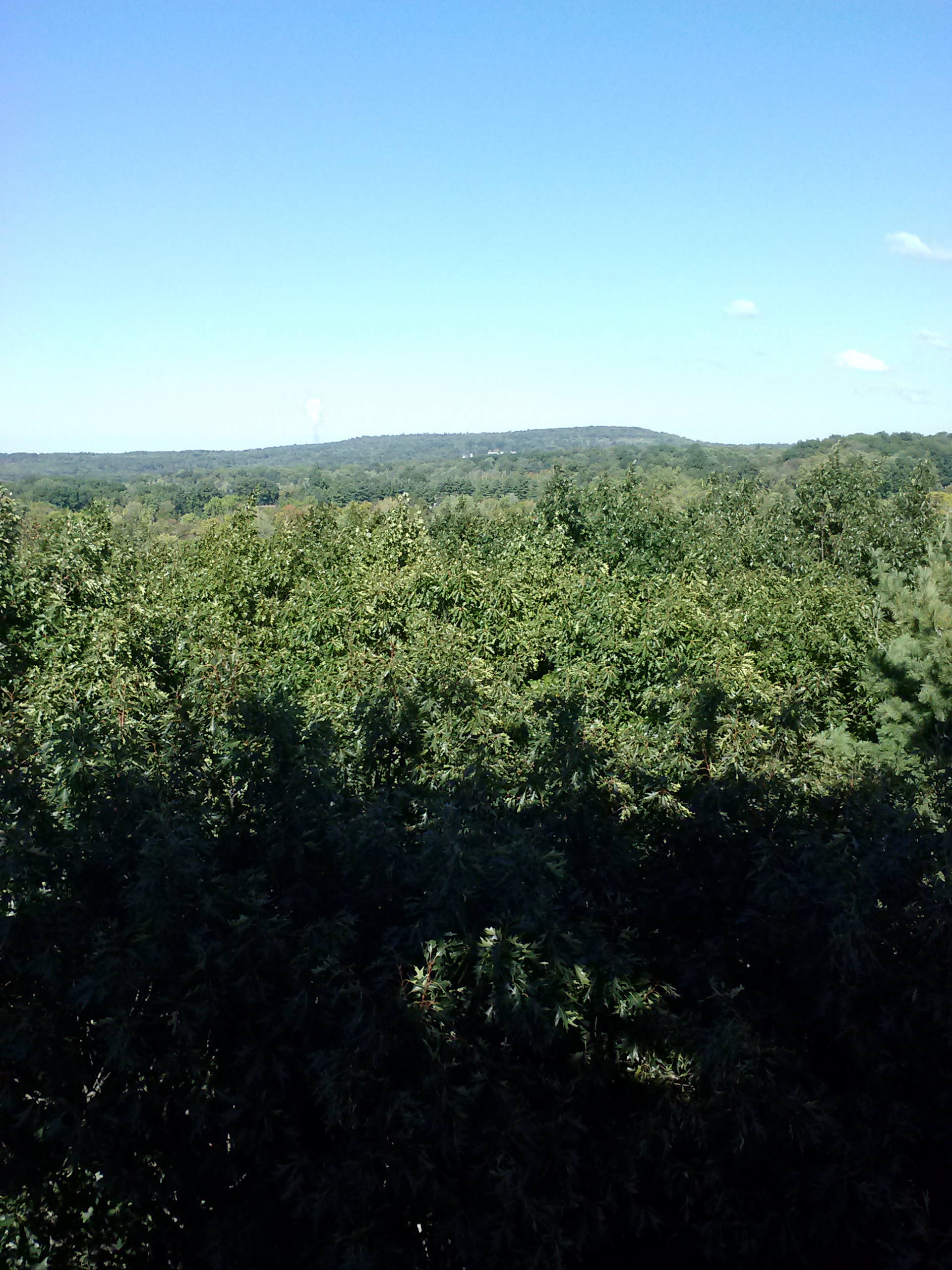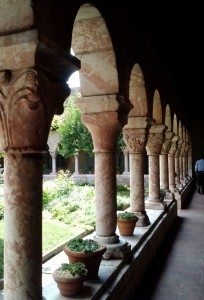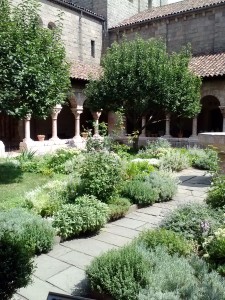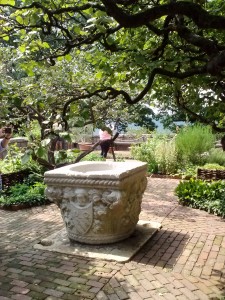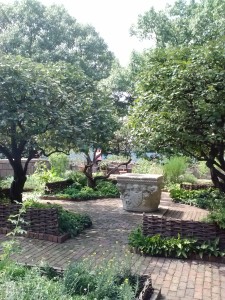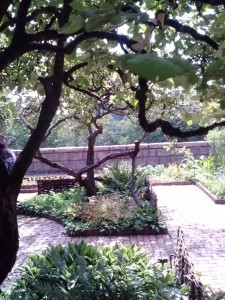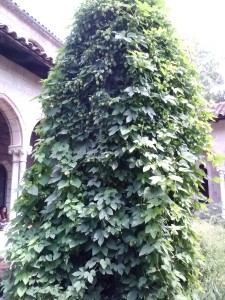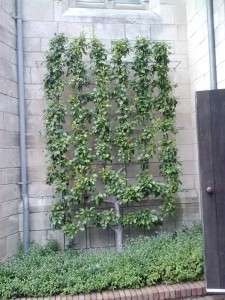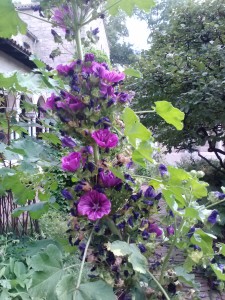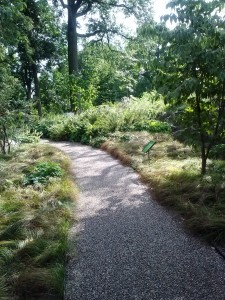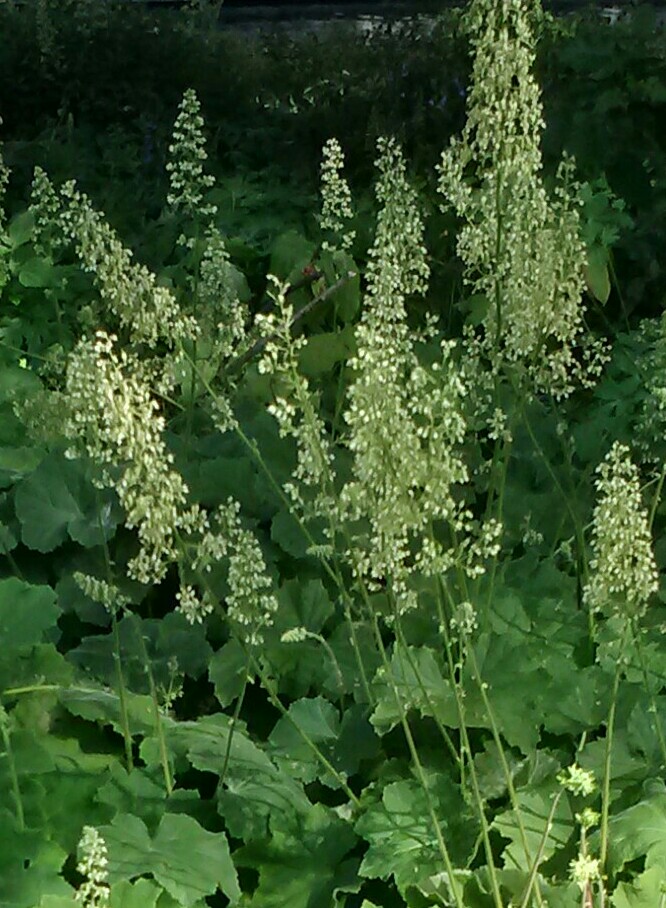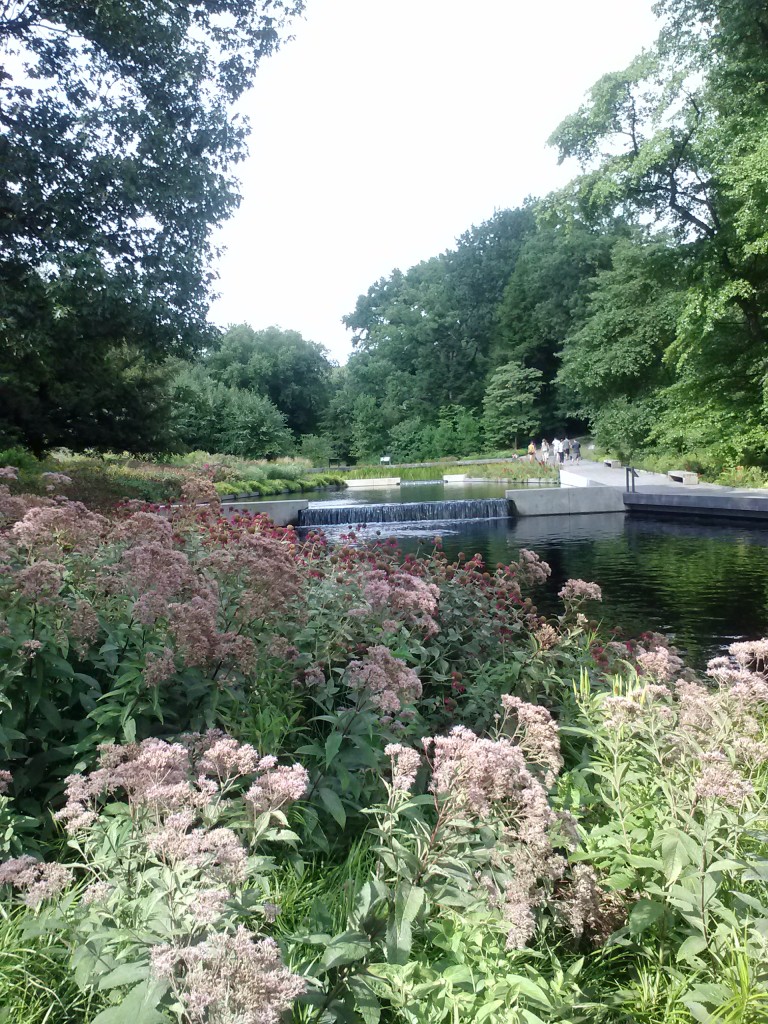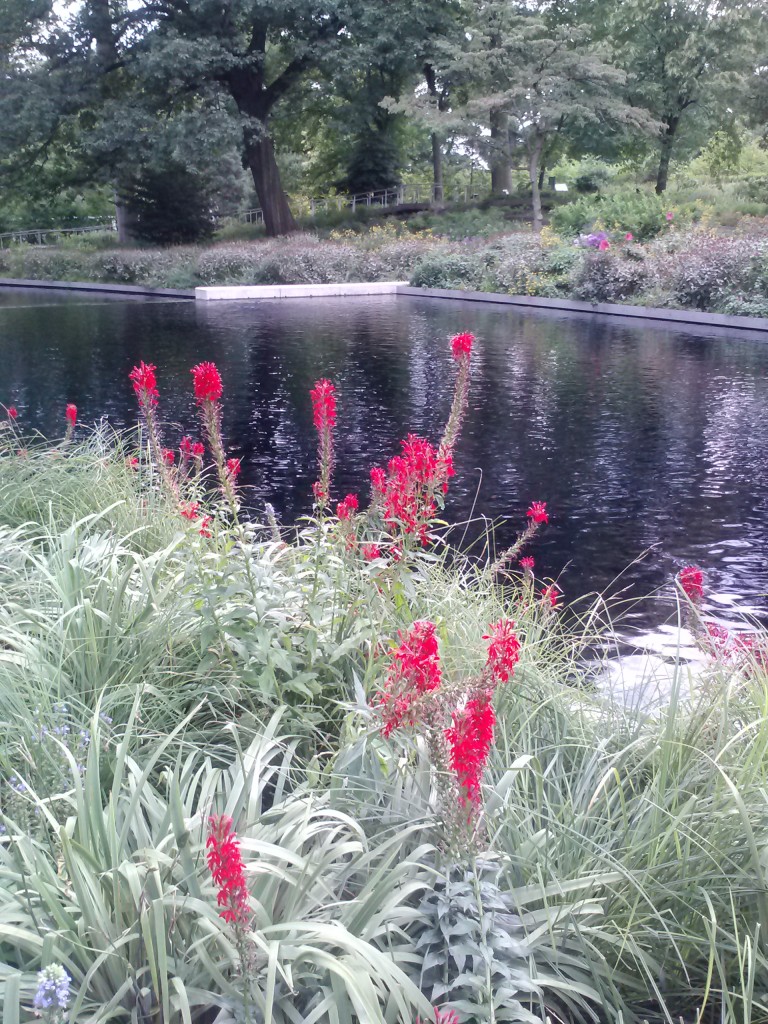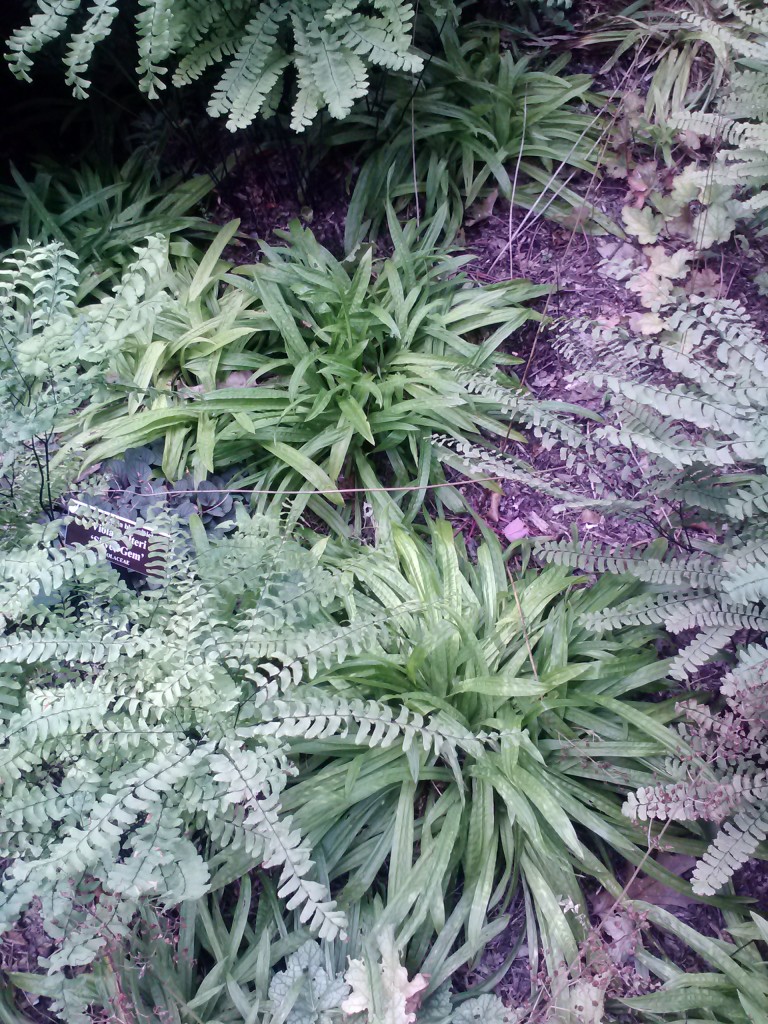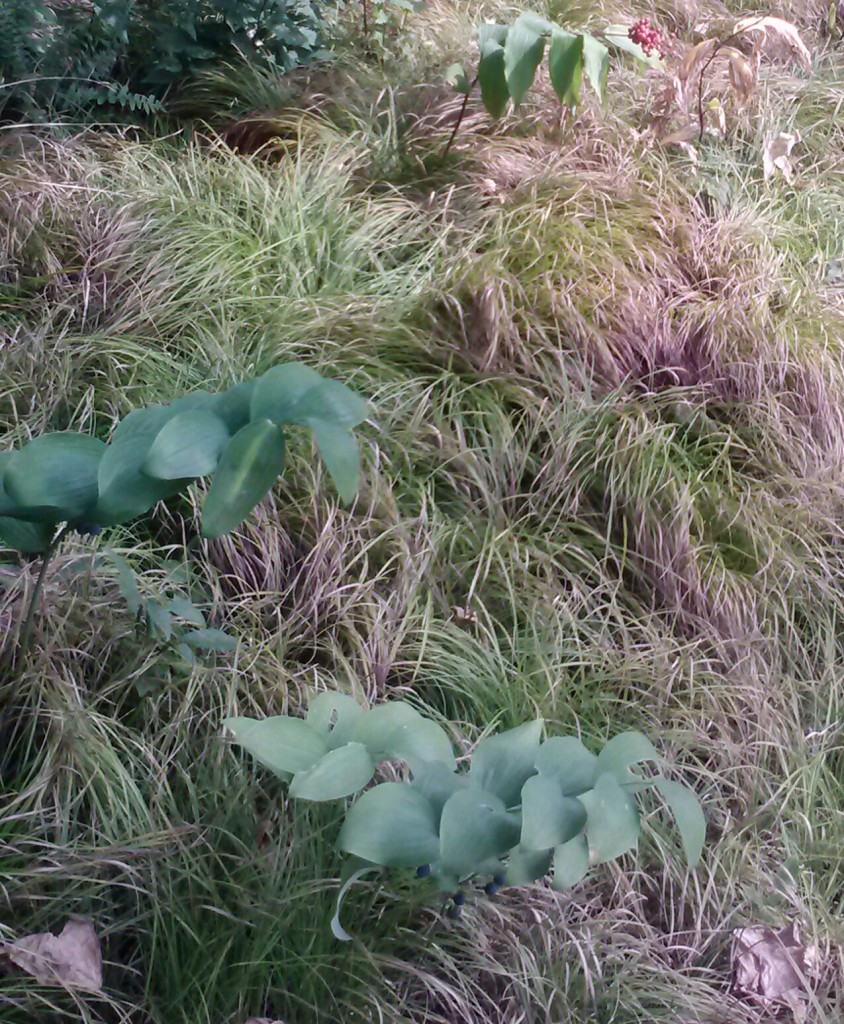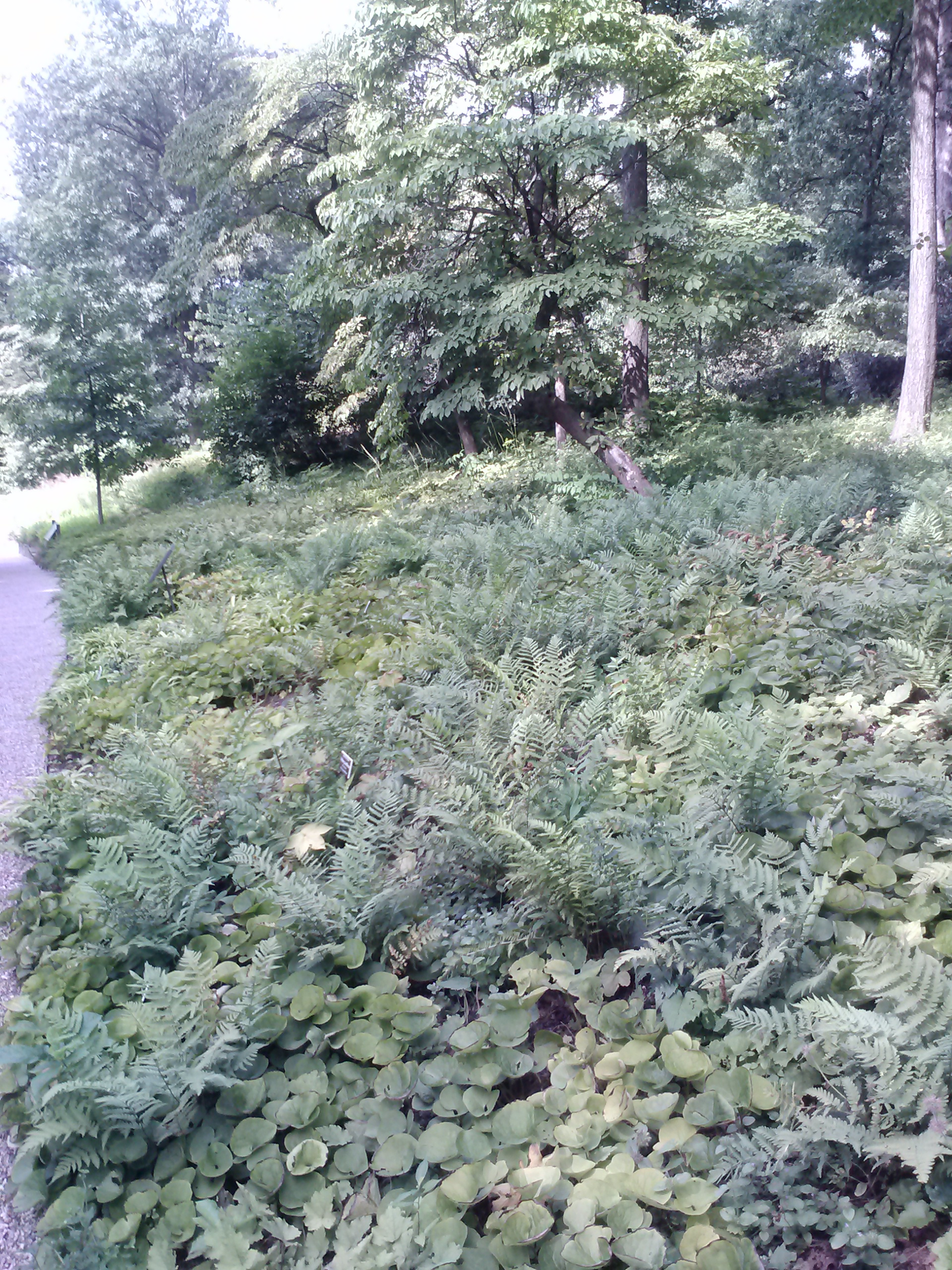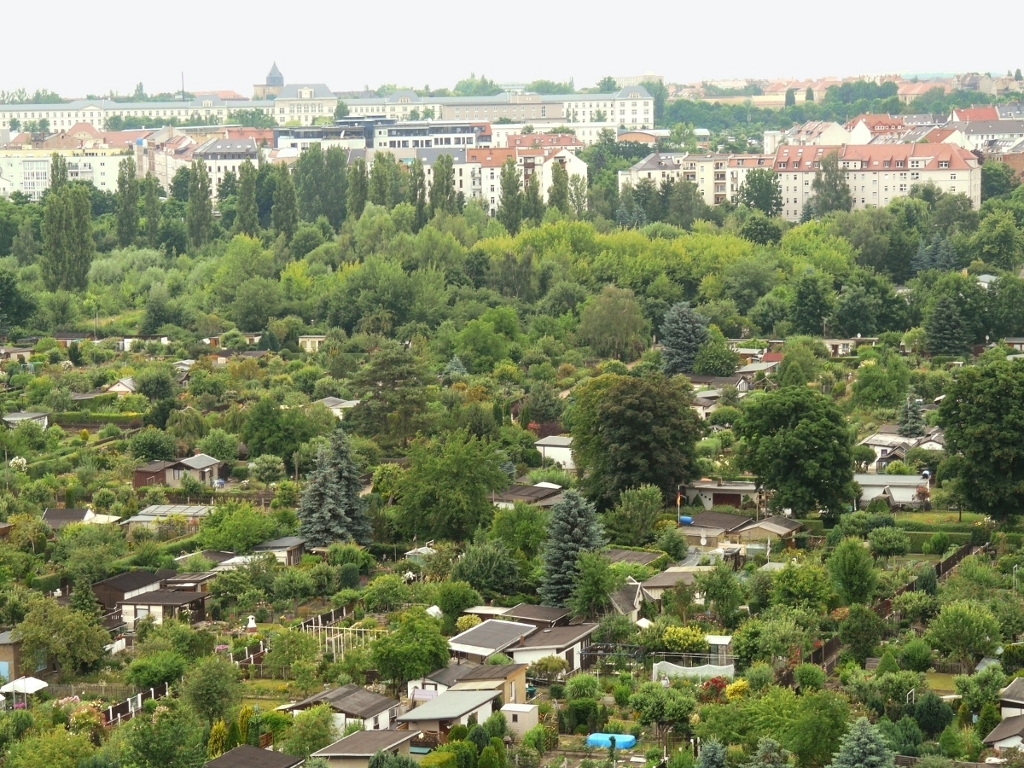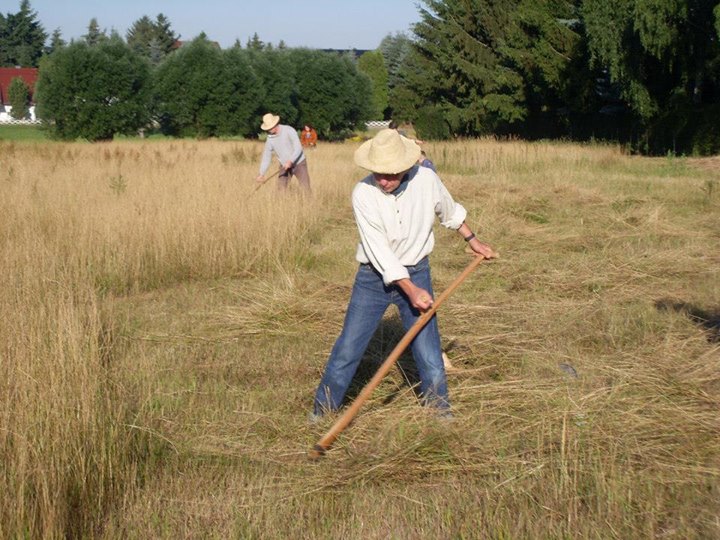by Lois Rose
By chance, because of my son’s wedding, I was able to visit a unique and memorable garden near Stockbridge, Massachusetts recently. We had part of day “off” from wedding festivities and decided to see this estate which includes a “cottage” designed by Stanford White and built for Joseph Hodges Choate, a well-known attorney, between 1886 and 1887 on the top of a hill overlooking fields and mountains.
The 44-room mansion called to my husband and cousin but for me and my other cousin it was the gardens. Mabel Choate, the daughter of Joseph, worked with Fletcher Steele for over 30 years to produce them. They are a “collection” of garden rooms, eclectic and entertaining, spanning most of the space around the house on the hill top. Unfortunately they had fallen into disrepair over the years. The Trustees of Naumkeag took over the restoration of the gardens and there is a tremendous amount of new planting and replanting going on.
The Blue Steps are the most well-known aspect of the rooms, extending from an area near the house down to the lowest part of the gardens. If you have ever glanced through a book about structures in gardens, then this picture will be familiar.
The Tree Peony Garden has been completely redone and the peonies are not looking their best after a serious drought this past summer. Built into the side of the hill on terraces, it must have baked in the heat. The Chinese Garden is quaint with mostly hardscape at this point. The Evergreen Garden is impressive and elegant. The Afternoon Garden is against the side of the house and has a great view down to the fields below the house.
Water features, stonework, paths—all restored or in the process. New plantings have restored privacy and recreated vistas throughout the gardens. There is an unexpected grove of pines and older trees five minutes from the house: suddenly you are in the woods, away from anything planned or ordered.
The house delighted my companions, but I think my cousin Dan and I got the better part of the tour.

